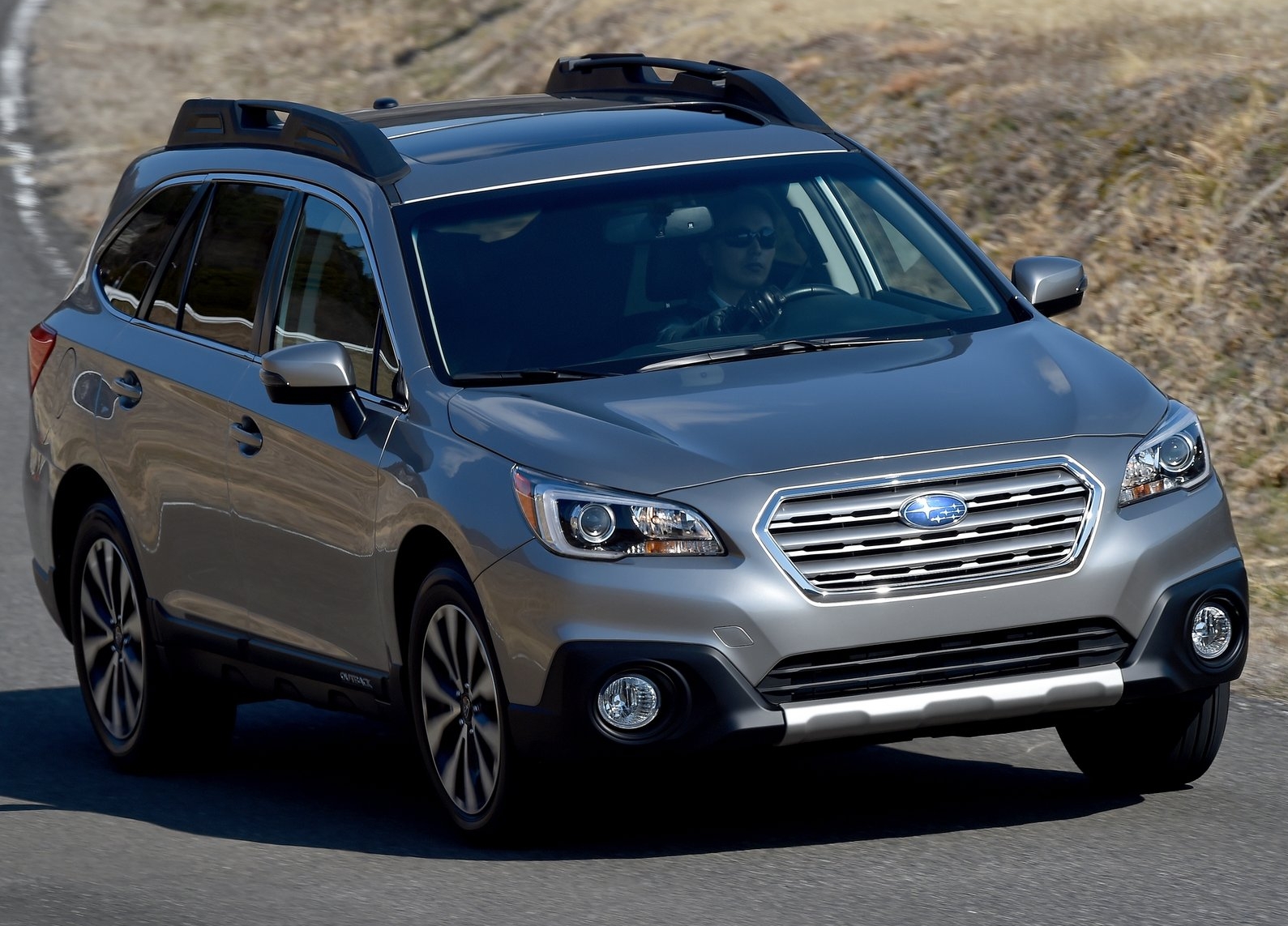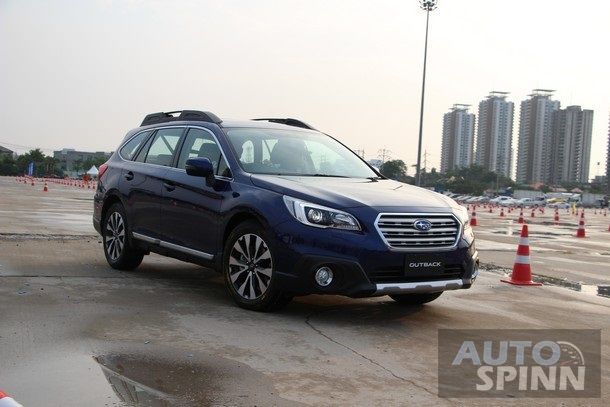
Pressing Subaru’s X-Mode button turns the Outback, already a tall-riding car with 8.7 inches of ground clearance, into a very capable mud-runner by remapping the transmission and all-wheel-drive system and traction control. Combined city/highway fuel efficiency has increased from 26 mpg to 28, three miles more per gallon than the 2014 Honda CR-V, America’s best-selling SUV/crossover, is rated to achieve, and on par with the 2014 four-cylinder Toyota Camry, America’s most popular car. The roof crossbars are embedded in the flush-mounted side rails until you need them. The headrests feature a welcome range of adjustability.Ĭargo capacity is up slightly from 34.3 cubic feet to 35.3 from 71.3 to 73.3 cubic feet with the seats folded as overall length grew by six-tenths of an inch. This remains true, but I’d like the front seats to feature side bolstering that wasn’t quite so far away from my sides. With each new Outback iteration, there’s been a moderate increase in space and comfort, progressively less of the knees-to-chest awkwardness for rear passengers and arguably better seats for front passengers. The infotainment unit is now modern, which is to say it meets our low expectations for in-car systems but doesn’t rise to the level of convenience you’d find in the new Mazda 3 or the depth of services in Chrysler’s UConnect. Interior quality and workmanship has taken a big leap forward, particularly where it matters around the driver. It is more than vaguely Toyota-like, and given the relationship between the two companies, we shouldn’t be surprised. There’s no hint of fragility to this car, no after-bump jiggles and rattles, no door-closing thwacks where there ought to be, and are, thunks. It’s better built than previous Outbacks were. Unfortunately, this specific tester, a 2.5i Touring version on loan from Subaru Canada, features alloy wheels that do a really good impression of cheap wheel covers. Though strikingly similar in most ways, perhaps too similar from some angles, its face is cleaner and classier. Subjectively speaking, it looks better than the outgoing car. So what about this new car? What makes this 2015 model great what ensures further success for the fifth Outback? To answer that question, we would need to examine multiple products from multiple periods over the the last two decades. One then wonders what’s always been so different about the Outback. Don’t even say the words, “Honda Crosstour,” within range of my ears. Volvo’s XC70 has lingered, but it too has become very uncommon in terms of new car sales.

But driving the Outback is different, and it continues to be perceived by the vast majority of actual Outback buyers as different, as a true crossover a true mid-point, between car and SUV.Īudi’s A6 and A4 Allroads are all good and well, but they’re very rare cars. True, you could argue that most modern crossovers have stolen their offense from the Outback’s playbook.


And yes, by the Outback’s format, I really mean the AMC Eagle’s format. Yet during this long period in which the Outback, and Subaru as a whole, became increasingly successful, there have never been any properly direct Outback rivals, at least none that have made real hay off the Outback’s format. In other words, there are people who have been driving for four years who never knew a world without the Subaru Outback. Is this because I’m getting old, that when I think something occurred recently, I find out it actually happened 20 years ago? Subaru first showed North Americans a Legacy Outback at the New York Auto Show in 1994. Of all the things that struck me during my week with the 2015 Subaru Outback at the end of August, it was the realization that this nameplate has been around for two decades which shocked me most.


 0 kommentar(er)
0 kommentar(er)
